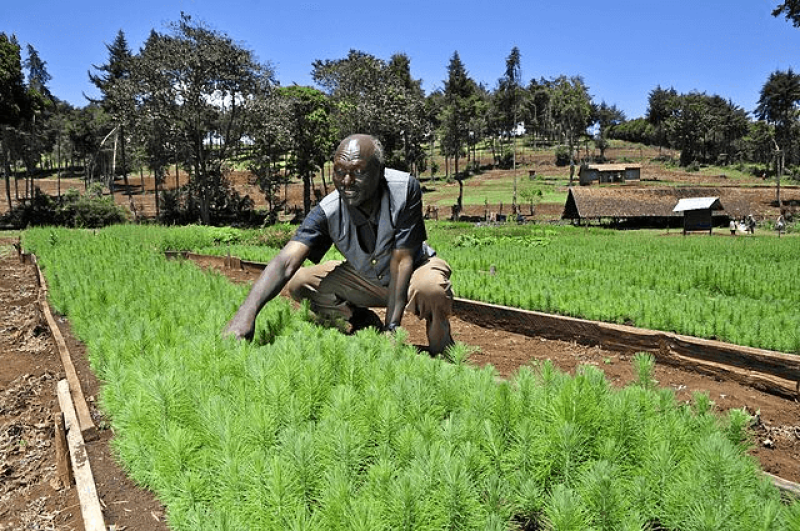I called some farmers I know and asked them if they would plant GM corn if given seeds by the government.
More than 95 percent of my respondents were categorical that they would not.
But why? I was curious.
“We were told by our Members of Parliament that those things are bad,” came the innocent answer from one elderly farmer in Siaya County, where I come from.
Across the country, people have formed a negative attitude towards GMOs based on unfounded claims that have been spread by politicians.
Some Kenyans would rather go to bed hungry than eat GM foods.
A new study released by the Alliance for Science notes that Kenyans are subjected to the worst misinformation in the world regarding GMOs.
A staggering 40 percent of articles published on GMOs -over three months – by 14 major media outlets contained misinformation that wasn’t rebutted.
This trend is worrying because there is a strong reason why the Kenyan government chose to lift the ban on the importation of GM foods.
While making a presentation during the Open Forum on Agricultural Biotechnology in Africa Media Awards in Nairobi last year, Eastern Africa Grain Council Executive Director Gerald Masila cited several reasons why the Government of Kenya lifted the ban on the importation and cultivation of GM foods.
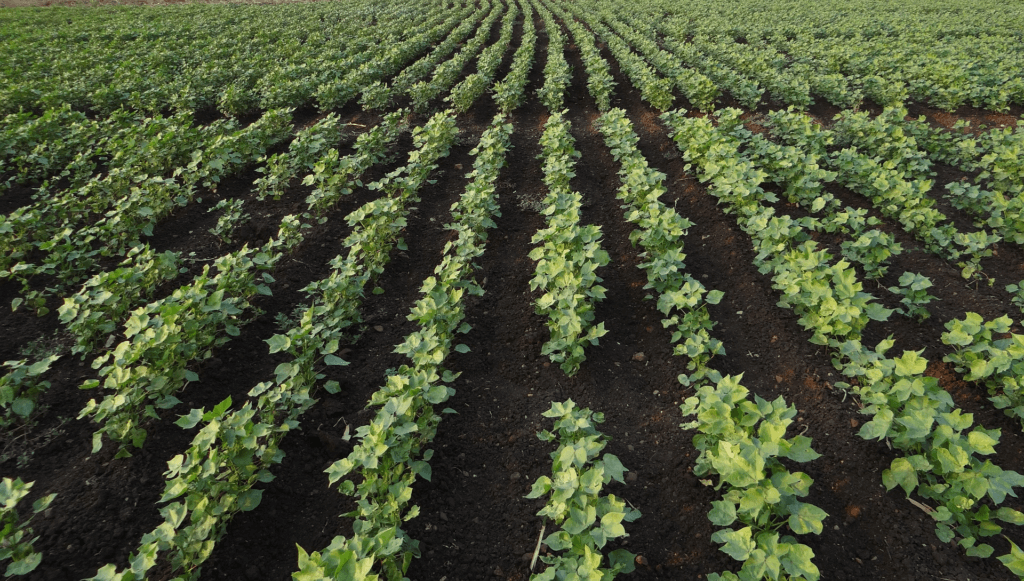

The truth about GMO research
In a bid to address misinformation and unfounded claims about GMOs, Alliance for Science had a one-on-one interview with Dr Martin Mwirigi, the Director of the Biotechnology Research Institute at the Kenya Agricultural and Livestock Research Organization (Kalro), to help shed more light on Kenya’s journey in biotechnology.
Kalro is the body tasked with carrying out agricultural research by applying science, technology, and innovation.
Interestingly, Dr Mwirigi started at Kalro (then called Kari) biotechnology center as an intern and rose to become a director.
“I was the first student on an internship at Kari Biotech Centre in Kabete. The center was carrying out research on tissue culture, and there was a lot of research on the development of livestock vaccines. That was in 1996,” says Dr Mwirigi.
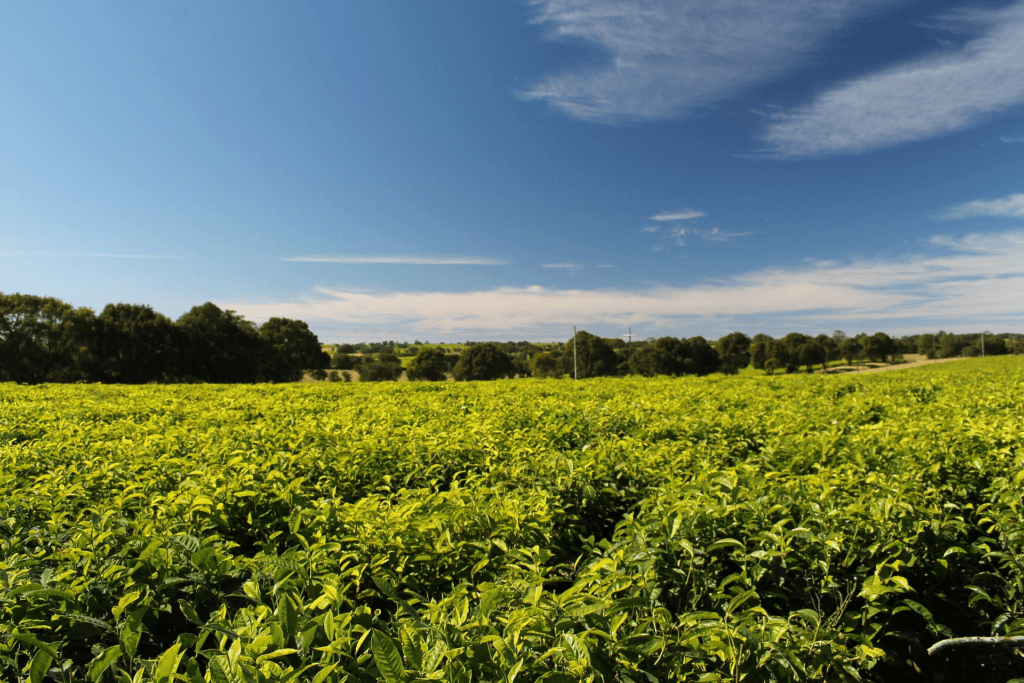
In 2013, Kari merged with Coffee Research Foundation, Tea Research Foundation, and the Kenya Sugar Research Foundation (Kesref) to form Kalro.
There are 17 research institutes under Kalro, including the Biotechnology Research Institute, which Dr Mwirigi heads.
With the institutional transformations, the organization was gearing up to delve deeper into biotechnology research, with trials on tissue culture going on in its laboratories.
Tissue culture is a part of plant biotechnology.
Early days of natural breeding
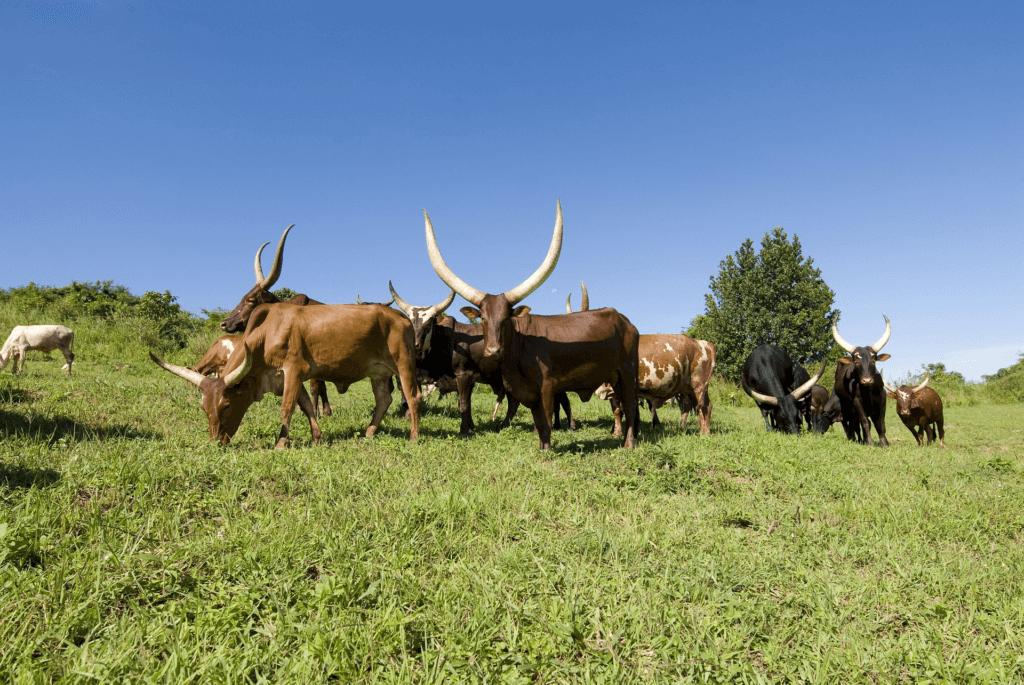
To break down the science behind biotechnology, Dr Mwirigi says the journey started around 8000 BC when humanity began domesticating animals.
“Genetic modification through the natural process started a long time ago. Biotechnology is trying to use what happens naturally and fast-track it. In genome editing, genes are made of building blocks, which are the same in all living things,” he says.
“Back then, our ancestors would spot the animals with the best traits and use them for breeding. They did that over the years to get the best breeds to rear and multiply.”
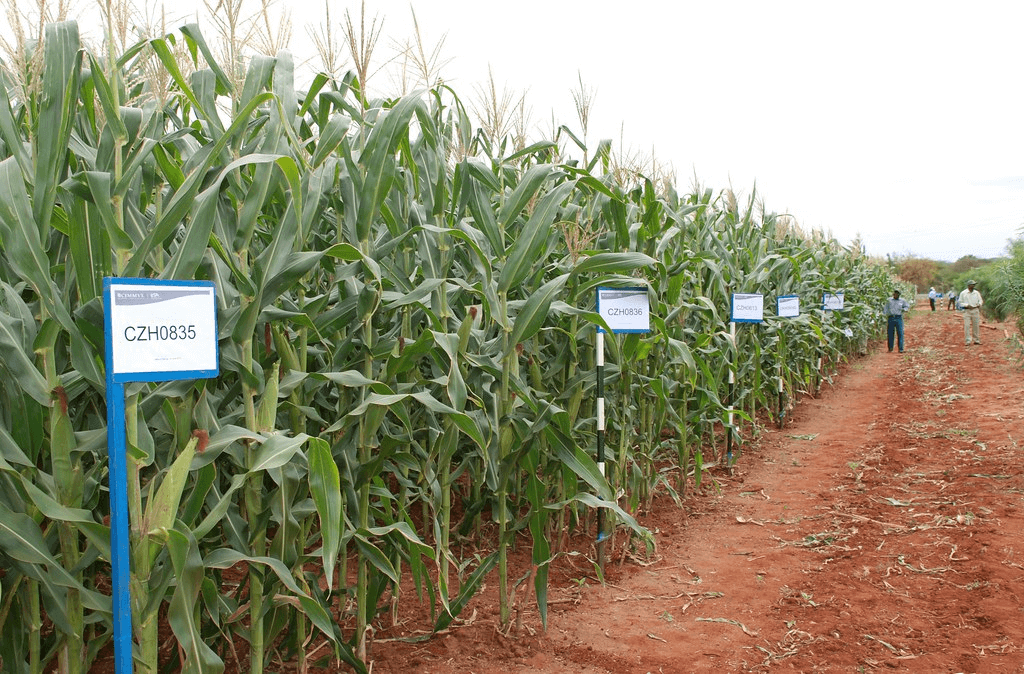
Corn, the staple food in Kenya, has also gone through years of breeding that started with the dwarf variety with low yields to the current ones that are taller and high yielding.
“In the history of corn, the original version was significantly smaller but productivity has increased thanks to natural selection and conventional breeding. Genetic modification happens every time there’s an improvement in traits. Traits are inherent in the genetic makeup,” Dr Mwirigi says.
Researchers borrowed from indigenous knowledge to seek solutions for global issues linked to population growth and changing climatic conditions.
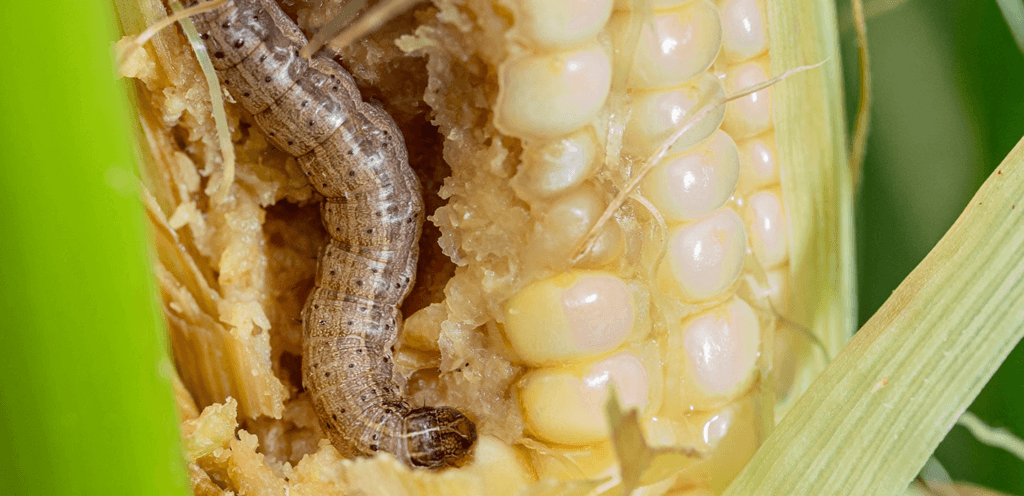
Kalro Director General Dr Eliud Kireger says climate change, pests such as the fall armyworm and maize stalk borer, and diseases such as maize lethal necrosis threaten food, feed, and nutritional security.
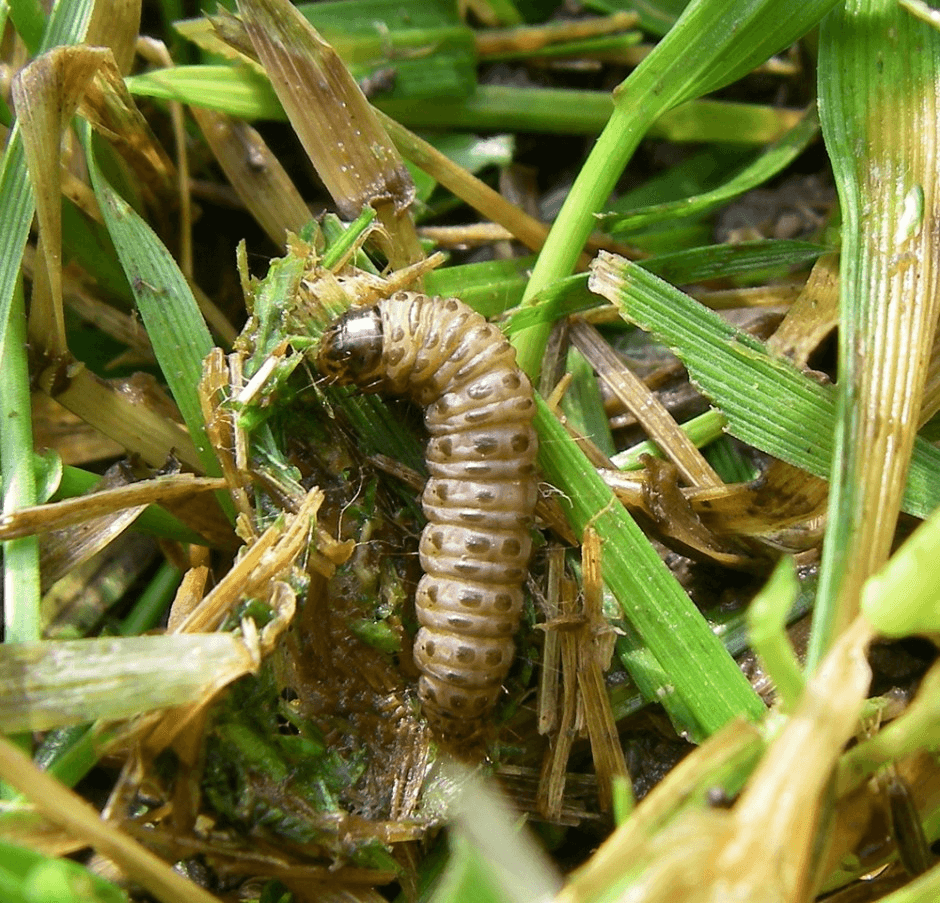
“These pests are costly to control, with farmers spending up to 85 dollars per acre on pesticides alone. These pesticides also harm human health and the environment, especially water,” Dr Kireger points out.
The Food and Agricultural Organization says that due to climate change, plant pests that ravage economically essential crops are becoming more destructive and threaten food security and the environment.
The challenge of maize stem borers
Dr Mwirigi agrees that about 15 years ago, there were no stubborn crop pests like stem borers that cause considerable losses to maize farmers.
“Our grandparents did not face issues like stem borer attacking their maize. If pests hit the farms, they would use simple solutions like applying ash on the crops, which worked.
“You can still use ash to control stem borer in your small farm, but if you are a large-scale farmer, ash is not sustainable nor practical. You are forced to use expensive pesticides to protect your corn,” he says.
Worrying food situation
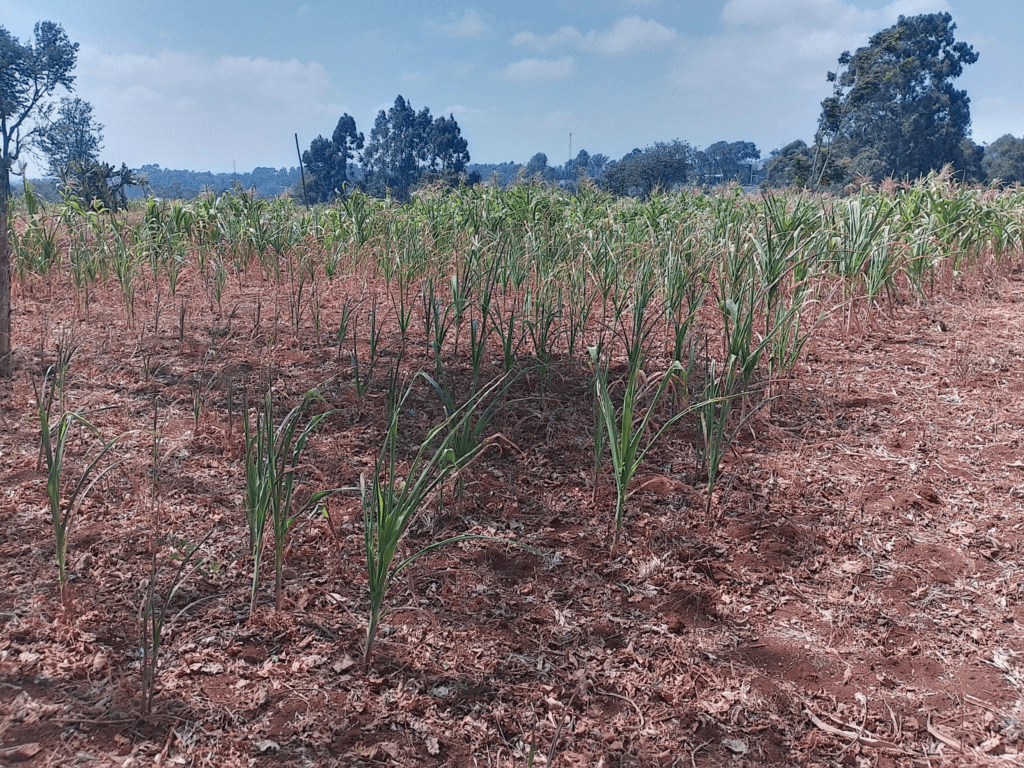
For food-insecure countries like Kenya to achieve food and nutrition security, there is a need to embrace agricultural biotechnology.
Latest data shows a likely unprecedented deterioration in Kenya’s food security situation, with over 5.4 million people experiencing acute food insecurity between March and June this year and likely to deepen.
Additionally, it is estimated that around 4.4 million people — 27 percent of the population in arid and semi-arid lands — are facing high levels of acute food insecurity.
With these new challenges that farmers face, technology has to change, which led researchers to develop Bacillus thuringiensis (Bt) corn.
The science behind Bt corn?
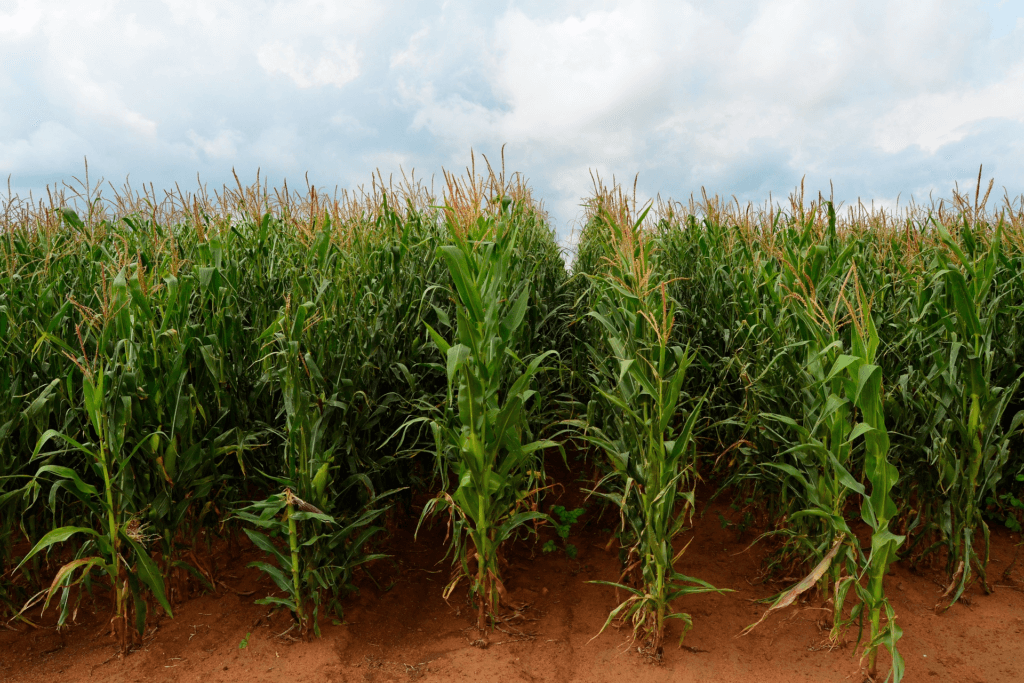
Bt corn is genetically engineered to express insecticidal proteins from the bacterium Bacillus thuringiensis, which produces toxic proteins to certain insects.
“Bt bacteria are abundant in the soil. We eat it on a typical day. Bt bacteria feed on larvae stage of stem borer. It was a breakthrough moment when scientists understood that the bacteria is toxic to maize stem borer.
“To develop insect-resistant corn, they inserted a small portion of the gene from the bacteria into the corn. That is how we develop Bt corn, which is resistant to maize stem borer attacks,” Dr Mwirigi says.
Safety and ethical concerns
With such editing and inserting of a bacterial gene into corn, the question arises: is that corn safe for human consumption? Won’t the same bacteria that kills stem borers kill humans, too, when they consume Bt corn?
Dr. Mwirigi’s answer is a resounding “No.”
“First, from history and research, this is bacteria that humans have encountered before because it is in the soil, and its larvae have no receptor in the human gene.”

To guide the development and safe administration of GM crops in Kenya, the government developed and approved a national policy on biotechnology in 2006.
This later led to enacting the Biosafety Act in 2009, which led to the formation of the National Biosafety Authority (NBA) in 2010.
The NBA is a State agency tasked with ensuring the safety of human and animal health and providing adequate protection of the environment from harmful effects that may result from genetically modified organisms.
Regulatory institutions
Apart from NBA, other regulatory institutions must approve the cultivation and consumption of GM products in the country.
First, there is the Kenya Plant Health Inspectorate Service (Kephis), a State agency responsible for assuring the quality of agricultural inputs and produce.
The National Environment Management Authority (NEMA) also aims to promote and ensure sound environmental management practices for sustainable socio-economic development.
Further, there is the Kenya Bureau of Standards (Kebs), also a State agency whose duty is to promote standardization in industry and commerce.
With all these checks and balances guiding the development of GMOs in Kenya, Dr Mwirigi says GM crops are safe for human consumption, and Kenyans should not be worried.
Asewe Hellen is a multimedia journalist from Kenya with more than ten years of experience reporting on the environment, health, and agriculture. She is a 2023 nominee for Annual Journalism Excellence Awards in the Environment and Climate Change Reporting Award category. Follow Asewe on Twitter @hasewe

